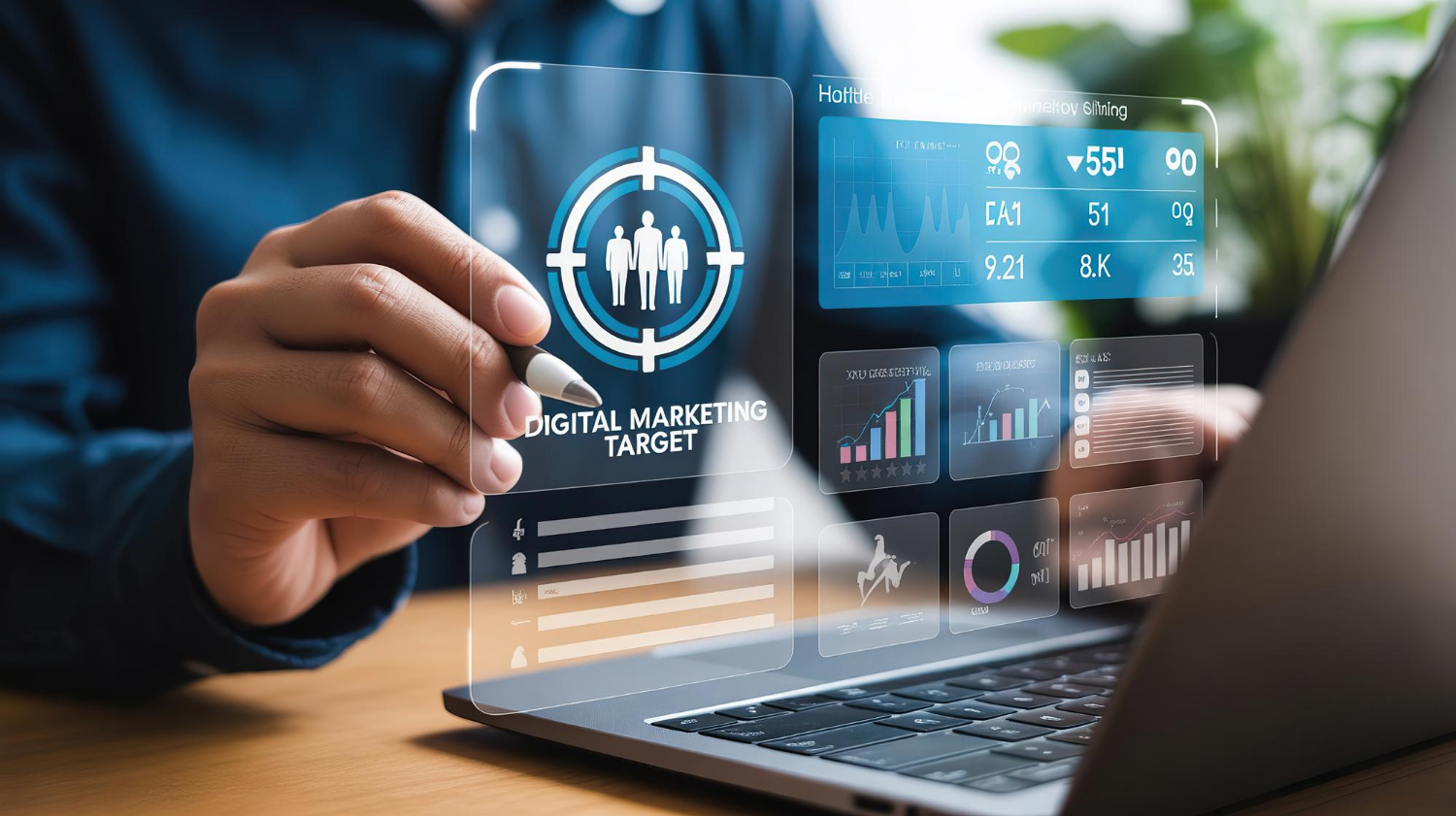Google announced it would phase out third-party cookies in its Chrome browser in 2021, claiming to improve users’ privacy. However, in 2020, Google announced that it was delaying the phase-out of third-party cookies to give marketers and developers more time to prepare for the change.
Google’s decision to delay the phase-out of third-party cookies was likely motivated by concerns about the impact on the digital advertising ecosystem. Third-party cookies are a key component of the online advertising industry, and phasing them out would require businesses to find alternative ways to track and target users. The delay was intended to give businesses more time to adjust to the change and to allow for the development of alternative technologies.
Google is not the only company phasing out third-party cookies. Many other browsers and platforms, such as Firefox and Safari, have already implemented or are planning to implement similar changes.
The phase-out of third-party cookies is a significant shift in the online advertising industry, and it will require businesses to adapt and find alternative ways to track and target users. Some options for tracking and targeting users in a cookieless world include first-party cookies, browser-based tracking technologies, machine learning algorithms, and first-party data and consent management solutions.
It’s vital for businesses to stay up-to-date on the changes being implemented by different browsers and platforms and to evaluate the options available for tracking and targeting users in a cookieless world. By doing so, businesses can continue effectively targeting and serving their customers even without third-party cookies.
Marketers can prepare for the loss of third-party cookies
The phasing out of third-party cookies is a significant change for the digital marketing industry, as third-party cookies have traditionally been used for tracking website users and targeting advertisements. Here are a few steps that marketers can take to prepare for this change:
- Understand the implications: It’s important to understand how the phase-out of third-party cookies will affect your business and your ability to track and target users online.
- Explore alternative technologies: Several alternative technologies can be used for tracking and targeting, such as first-party cookies, device fingerprinting, and server-side tracking.
- Embrace privacy-first approaches: With the increasing focus on privacy, marketers need to prioritize their users’ privacy. This may mean rethinking your current marketing strategies and focusing on more transparent and privacy-friendly approaches.
- Build and maintain relationships with your customers: With the limited ability to track users online, businesses need to build and maintain relationships with their customers. This can be done through email marketing, social media, and other forms of customer communication.
- Consider consulting with experts: If you’re unsure how to navigate this shift, consider consulting with experts who can guide you and help you develop a plan to adapt to the changing landscape.
Industries most impacted by third-party cookies going away
The phase-out of third-party cookies is likely to impact a wide range of industries, as third-party cookies have been widely used for tracking and targeting users online. Some of the industries that may be most affected include:
- Digital advertising: The digital advertising industry has traditionally relied on third-party cookies for tracking and targeting users, and the phase-out of these cookies will likely require advertisers to adopt new technologies and strategies.
- E-commerce: E-commerce companies may also be impacted by the phase-out of third-party cookies, as they have used them to track user behavior on their websites and target advertisements.
- Media and entertainment: Media and entertainment companies that rely on targeted advertising for revenue could be impacted by the phase-out of third-party cookies.
- Financial services: Financial service companies have also used third-party cookies for tracking and targeting users online, and the phase-out of these cookies may require them to adopt new technologies and strategies.
- Other industries: Other industries that may be impacted by the phase-out of third-party cookies include healthcare, education, and travel.
The loss of third-party cookies is better for consumer privacy
Third-party cookies are small pieces of data placed on a user’s device by a website the user is not currently visiting. These cookies are often used for tracking users as they browse the web and for targeting advertisements. The use of third-party cookies has raised concerns about consumer privacy, as it allows companies to track users across different websites and build detailed profiles of their online behavior.
There are a few reasons why getting rid of third-party cookies may be better for consumer privacy:
- Third-party cookies can be used to track users across different websites, which can be used to build detailed profiles of their online behavior. This information can be used for targeted advertising, but other third parties can also access it without the user’s knowledge or consent.
- Third-party cookies track users even when they are using private browsing mode or have set their browser to block cookies. This means that users may not be aware that they are being tracked.
- The use of third-party cookies can make it more difficult for users to control their online privacy, as they may not be aware of all the third-party cookies placed on their devices.
By getting rid of third-party cookies, users will have more control over their online privacy and will be able to better protect their personal information.
An opportunity to prioritize consumer privacy
The demise of third-party cookies is an opportunity for businesses to prioritize consumer privacy and build trust with their customers. Third-party cookies have raised concerns about privacy and data security.
As more people become aware of these concerns and as regulations, such as the California Consumer Privacy Act (CCPA) and the General Data Protection Regulation (GDPR), have been implemented to protect consumer privacy, there has been a push to limit the use of third-party cookies. This has even led to the development of alternative technologies, such as browser extensions, that can block or limit the use of third-party cookies.
As a result, businesses that prioritize consumer privacy and rely on first-party data, which is data collected directly from customers rather than third-party data, may have an advantage. By building trust with customers through transparent data practices and providing value in exchange for data, businesses can create long-term relationships with their customers and build a competitive advantage.
There are a few ways that businesses can prioritize consumer privacy:
- Be transparent: Ensure your customers understand how you collect, use, and share their personal information. Provide clear and concise privacy policies that explain your data collection and use practices.
- Provide opt-out options: Give your customers the option to opt-out of having their personal information collected or used for certain purposes. Make it easy for them to exercise this option by providing clear instructions and links on your website.
- Protect personal information: Implement strong security measures to protect your customers’ personal information from unauthorized access, use, or disclosure. This includes using secure servers, encrypting data, and regularly updating your security measures.
- Respect Do Not Track signals: Many web browsers offer a “Do Not Track” feature that allows users to opt-out of being tracked by websites. If a user has enabled this feature, make sure that you respect their choice and do not track them.
- Limit the collection and use of personal information: Only collect and use personal information that is necessary for your business purposes. Do not collect or use more information than is necessary.
By following these best practices, businesses can demonstrate their commitment to consumer privacy and build customer trust.
CDPs help businesses become customer-centric
A Customer Data Platform (CDP) is a technology that helps businesses centralize and manage customer data from various sources. It allows companies to create a single, comprehensive view of each customer by aggregating data from different sources, such as websites, CRM systems, and social media.
Here are a few ways that a CDP can help businesses become customer-centric:
- Improved customer understanding: A CDP allows businesses to gain a deeper understanding of their customers by aggregating data from various sources and creating a single, comprehensive view of each customer. This can help businesses tailor their products, services, and marketing efforts better to meet the needs and preferences of their customers.
- Enhanced personalization: By using a CDP, businesses can use customer data to deliver more personalized customer experiences. This can include personalized marketing campaigns, personalized product recommendations, and personalized customer service.
- Increased customer loyalty: Businesses can build stronger relationships and increase customer loyalty by delivering more personalized and relevant experiences to their customers.
- Better customer segmentation: A CDP can help businesses segment their customers based on various criteria, such as demographics, behavior, and preferences. Businesses can tailor their marketing efforts to specific customer segments and deliver more targeted and effective campaigns.
A CDP can help businesses become more customer-centric by enabling them to better understand, segment, and serve their customers.
Using a CDP for privacy compliance
CDP is a system that helps businesses collect, integrate, manage, and activate customer data from various sources. A CDP can track first-party data collected directly from customers, such as through a company’s website or mobile app.
By using a CDP, businesses can become more compliant with data privacy regulations, such as the General Data Protection Regulation (GDPR) in the European Union and the California Consumer Privacy Act (CCPA) in the United States.
Additionally, a CDP can also help businesses prioritize their customers by using the collected data to personalize and improve the customer experience, providing more relevant marketing communications, recommendations, and personalized content.
About LayerFive
If you want to track consumer behavior while prioritizing privacy compliance, try LayerFive’s CDP and attribution platform. Our platform helps businesses collect, integrate, manage, and activate customer data from various sources in a privacy-compliant way. With our advanced tracking and attribution capabilities, you can better understand your customers’ behavior and preferences and use that knowledge to create more personalized and effective marketing campaigns.
Don’t miss out on this opportunity to take your business to the next level – start using LayerFive’s CDP and attribution platform today!



